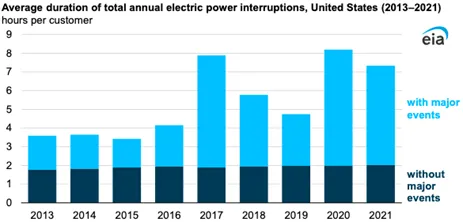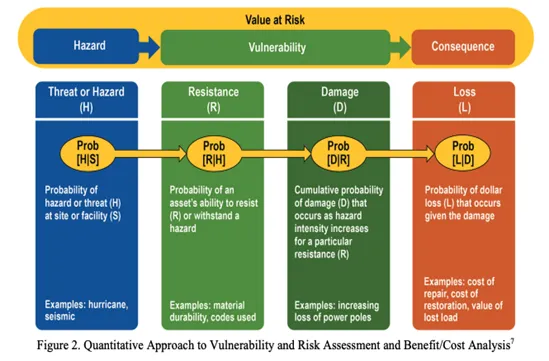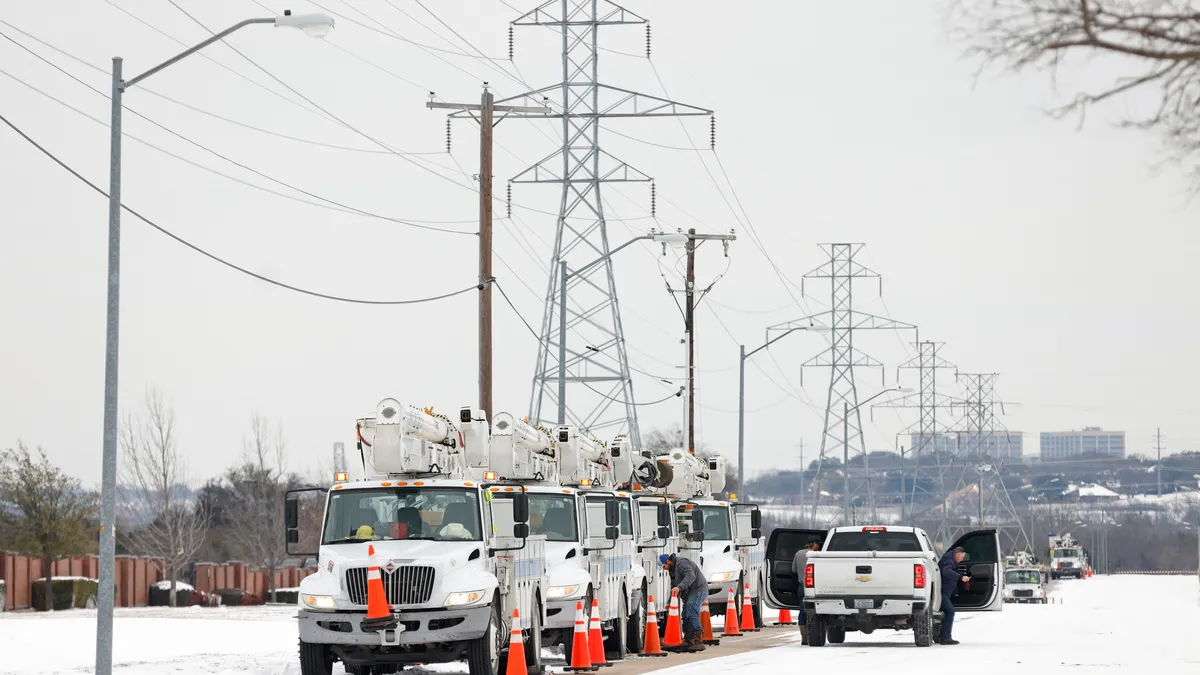Mishal Thadani is the co-founder and CEO of Rhizome.
No matter where you are in the U.S., you likely expect that on an annual basis you’ll experience some number of extreme weather events. You probably also expect to occasionally lose power for 30 minutes, maybe a few hours — which is fairly common and understandable. For you, this will cause some inconveniences — maybe you’re working from home and lose access to the internet. If the outage lasts longer than a couple of hours, you may worry about your food spoiling or miss out on the handful of activities (e.g. laundry, watching TV, riding a Peloton) that you typically pay your electric company to enable you to do.
Now think of some of the other utility customers. The people at home on life support or dialysis machines. The retail shops that can’t operate their pay systems. The manufacturing facilities that depend on 24/7 operations to hit their margins. The value of that power, at that moment, varies depending on the use case and outage duration even if the price for that power is set at a uniform rate.
The aggregate of these utility customers — our society — relies on an enormous machine (the largest the world has ever seen, in fact) and its ability to withstand varying degrees of natural forces. We continue to invest in the machine because it’s worth it to keep service levels relatively high throughout the year, in any condition. There’s a value to the grid’s resilience. If you could pinpoint the true value of power losses on any part of the grid, then you could more precisely target investments of certain magnitudes that help retain or increase its resilience.
Unsurprisingly, power losses are becoming all too familiar. While normal “blue sky” power outages have stayed relatively flat, almost 75% of power outage minutes are now from “major event days,” making the concept of energy resilience top of mind as a public policy objective.

In Connecticut, the timing was right to investigate this concept. In August 2020, the Northeast saw the highest wind speeds since Hurricane Sandy. Tropical Storm Isaias showed up and caused extreme devastation to the grid, leaving hundreds of thousands of customers in Connecticut without power even three days after the event. Just months before this storm, the Connecticut Public Utilities Regulatory Authority began an investigation into approaches to “equitably modernizing the electric grid,” of which one of the focus areas was to implement reliability and resilience standards and programs. Within two years, they had developed a framework for valuing resilience investments.
Though devastating,Tropical Storm Isaias isn’t even close to the worst of extreme weather events in the last few years, and electric utilities have been responding to growing climate threats by increasing efforts to harden grid infrastructure. As we’ve established, it’s difficult enough to track what the value of resilience is for each customer if the power stays on during a particular event. Now, think about tracking how thousands of different grid investments would create a resilience benefit for millions of customers of all varieties. Lastly, think about how accounting for resilience is inherently a forward-looking exercise where the status quo is changing: extreme weather patterns of the future aren’t going to be anything like they were in the past.
So when regulators all over the country are asking utilities to place a value on their resilience investments, things start to get messy, and understandably so. It’s very, very hard to quantify.
However, because it helps us understand which specific resilience investment to make at a given location, it’s clear why the metric is so important for societal benefit. Should we underground the line, or cover the conductors to mitigate wildfire risk? Should we upgrade a substation to accommodate for higher summer peaks, or run a non-wires alternative project such as deploying battery storage and a demand response program? Without understanding the math, we’re left flying blind and leaving value — in this case, future grid failures — on the table.
Crucial to most utility investment filings is a cost-benefit analysis, and without the “value of resilience” metric, a cost-benefit analysis falls woefully short of giving regulators the insights to make a determination. This challenge is likely holding up billions in resilience investments across the country, even as the federal government tries to pour $13 billion of fresh capital into grid resilience investments through the Infrastructure Investment and Jobs Act.
Research and innovation are making our understanding of energy grid resilience, and the value of such a metric, much more precise. National labs have placed a large focus on developing methodologies and models to quantify the resilience value of utility investments, Argonne National Lab even tapped into their supercomputing capabilities to enable robust modeling on enormous climate and weather data sets for high-resolution estimation of future grid failures.

Furthermore, utilities have been beefing up their IT systems and data standards, and now more data is available to train AI models that more precisely predict the vulnerability of assets and the impact to customers. As is the history of American innovation, the tools are now available to solve this problem.
Under the established modus operandi, decisions for 30- to 50-year infrastructure investments have typically relied on historical data. The unfortunate — dare I say, inconvenient — fact is that retrospective analyses are no longer sufficient for future planning when billion-dollar disasters are rising at a rapid clip. To plan for the future, we’ll need to align 50-year investments with 50-year future risk profiles that can be projected by applying the aforementioned approaches and technologies.
Through a regulatory lens, it always goes back to drawing a line between every customer segment, their future needs and experiences, and the investments required to meet those needs. Regulators who establish frameworks on how to evaluate utility resilience plans, underpinned by their “values of resilience,” will ultimately achieve better performance and outcomes from the grid during future natural disasters, at a lower cost. Customers, as a result, can continue to survive (and even thrive!) knowing that their grid is safe, reliable, and resilient.





















